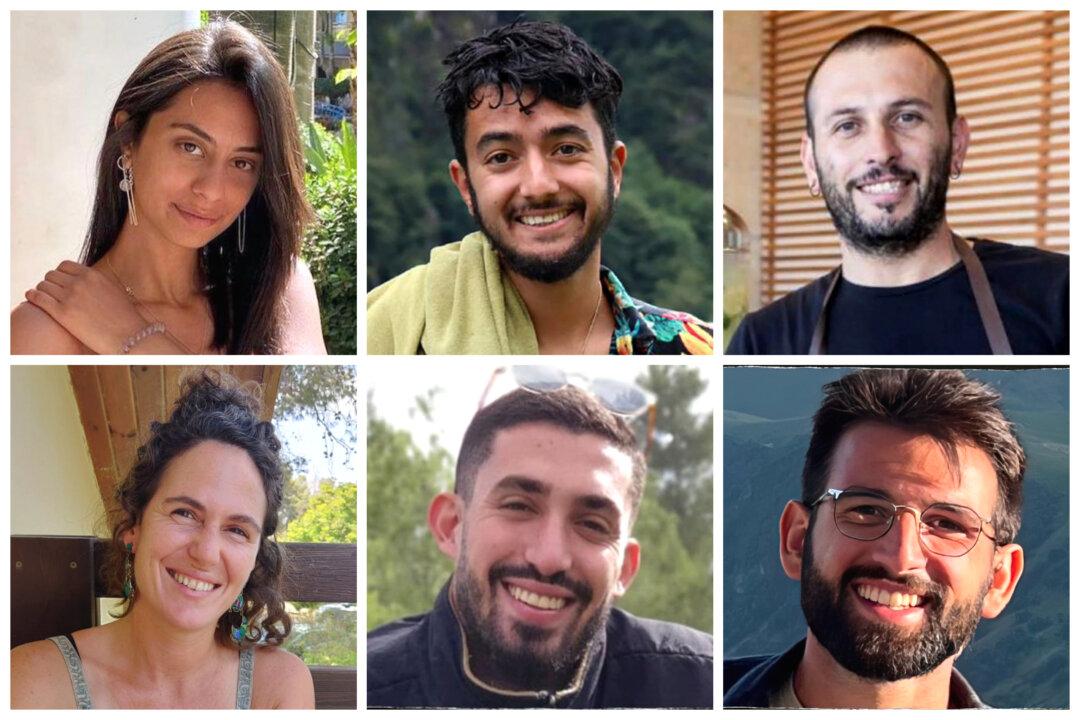News Analysis
Hamas’s execution of six hostages may represent a new phase in the Israel–Hamas war: an effort to divide Israeli society.

Hamas’s execution of six hostages may represent a new phase in the Israel–Hamas war: an effort to divide Israeli society.